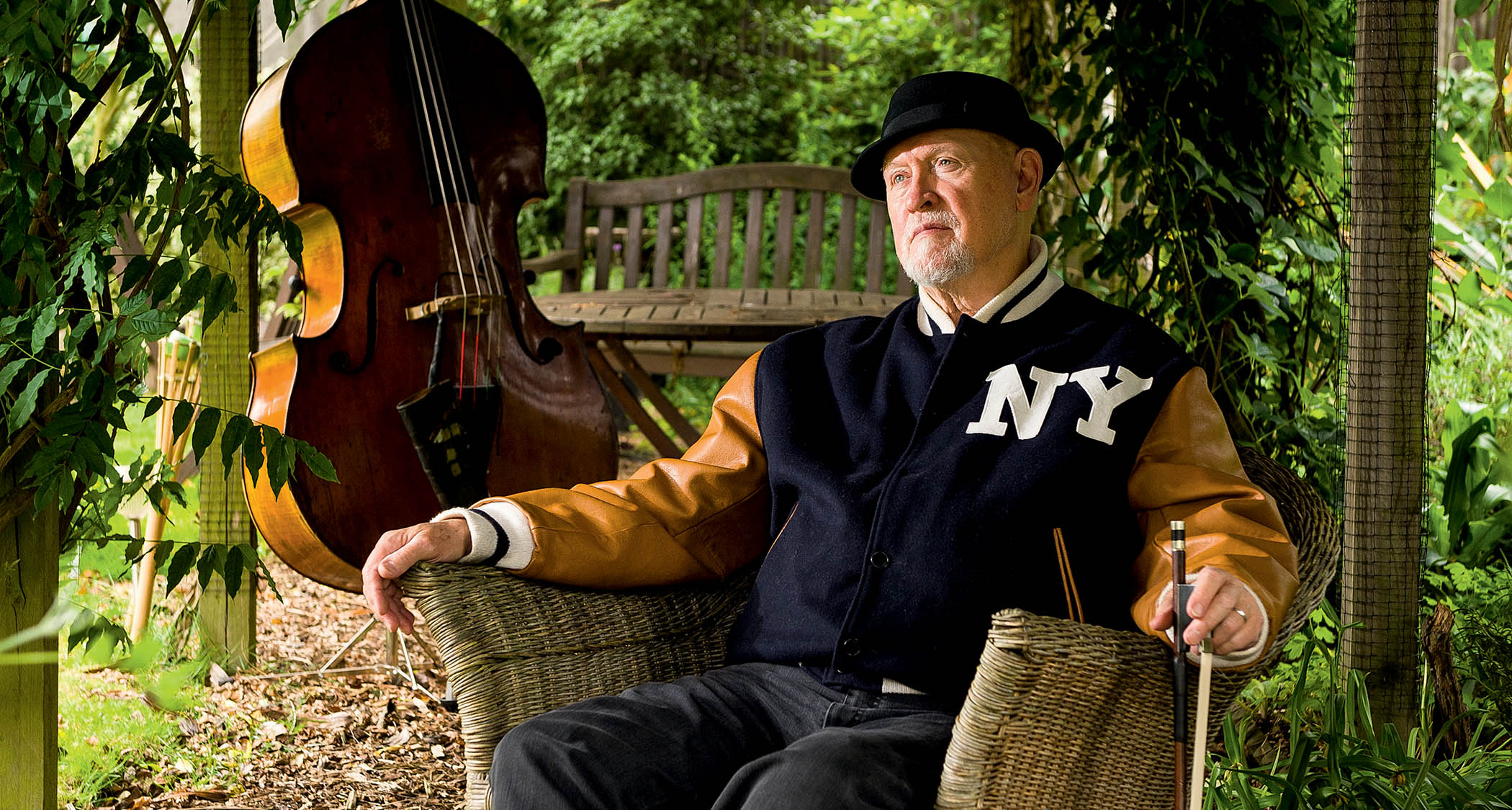“A relentless speed and accuracy rarely heard before on the electric guitar”: Al Di Meola’s peerless alternate-picking style changed the landscape of guitar playing – just ask John Petrucci and Nuno Bettencourt
The fusion master influenced a generation of players, and this lesson will show you why – and make you a cleaner, more accurate player in the process

Born in New Jersey in 1954, Al Di Meola is a bona fide guitar legend. At the age of just 19, he was chosen by the great Chick Corea to fill the guitar chair in Return To Forever, with whom he recorded three albums.
Alongside this, Al was producing his own albums, which combined jazz, latin and rock into brilliant compositions showcasing his fiery, articulate and powerful alternate-picking style. Al was also part of the famous Friday Night In San Francisco acoustic trio alongside John McLaughlin and Paco de Lucia. The live album of that legendary night in 1980 sold more than a million copies.
Di Meola’s picking style changed the landscape of guitar playing, influencing players like John Petrucci, Nuno Bettencourt and Paul Gilbert, who in turn have picked up a slew of dextrous disciples.
Tracks like Race With The Devil on a Spanish Highway from 1977’s Elegant Gypsy showcased a relentless speed and accuracy rarely heard before on the electric guitar. In this lesson we will look at various alternate-picking applications from rhythmic phrasing and string skipping, to hand synchronisation and more.
Example 1 is played entirely on the first string as this is a great way to warm up the picking hand and get both hands locked in with one another. Start by repeating the first bar only to practise switching between 16th notes and the quicker 16th-note triplet feel.
Focus on the downstrokes which land with the downbeats, and ensure the fingers land with those downstrokes. The remaining notes should also sound evenly spaced.
Example 2 deals with moving the pick from string to string while keeping the fretting hand in a scale position. Pick from the wrist and keep your hand and forearm loose so your pick can reach each string in a relaxed fashion.
All the latest guitar news, interviews, lessons, reviews, deals and more, direct to your inbox!
The following idea is an alternate-picked riff using one note per string for a metronomic and precise attack on each note, rather than using a sweep picking approach. Turn your picking hand so that each down and up stroke results in the tip of the pick moving slightly away from the strings after each note. This will allow you to cleanly move from string to string without getting trapped between the wires.
Next comes a test of stamina with a fast succession of 16th notes. Keep your hands synchronised by focusing on every fourth note of the phrase. Using these as signposts gives you a better chance of connecting both hands when the tempo gets particularly fast.
The final lick is a descending scale pattern which repeats in octaves and uses all six strings. The first part is played with an open tone, whereas the latter, lower part is played with palm muting in order to control the bass frequencies and add tightness.
Play each example slowly and accurately at first, and only speed up in small increments as your muscle memory and hand synchronisation gradually improves.
Get the tone
Amp Settings: Gain 5, Bass 10, Middle 10, Treble 1, Reverb 1
Al has used Gibson Les Paul and Paul Reed Smith Custom guitars throughout his career and favours DiMarzio pickups. His ’70s tone came from a Marshall JMP50 head with the bass and mid boosted and the treble almost off, but more recently he’s used Mesa/Boogie. Dial in a crunchy gain tone and add a stereo chorus pedal to widen the notes. Use minimal reverb.
Example 1
This ascending single-string lick is based in A Aeolian mode (A-B-C-D-E-F-G) and focuses on palm-muted alternate picking with both 16th-note and 16th-note triplet subdivisions.
Focus on the downstroke which lands on each downbeat and synchronise with your fretting fingers to match your hands’ movements.
Example 2
Based in E harmonic minor (E-F#-G-A-B-C-D#), this lick uses string-skipped five-note phrases across all six strings. Start and end each one with a downstroke and match these downstrokes with your first finger.
Each 16th-note rest is the equivalent of an upstroke, so keep your pick moving to maintain momentum.
Example 3
Use strict alternate picking to move from string to string. Palm mute as you hold the chord shape and add fourth finger to play the second-string melody.
Use the tip of your pick to glide across the strings in smooth motions and avoid digging in too much.
Example 4
This lick is based in A Aeolian mode (A-B-C-D-E-F-G) and is played with alternate-picked scale positions on the middle two strings.
First practise each bar separately to memorise the different patterns before linking them together seamlessly.
Example 5
This descending pattern is based in E Phrygian mode (E-F-G-A-B-C-D). Play the initial eight notes on the first string, then move to the second string for six notes and finally play two notes on the third string.
Now repeat this pattern an octave lower, and then another octave lower starting on the fifth string.

Charlie Griffiths plays guitar in acclaimed prog-metal outfit Haken, and has a wealth of experience handling corporate and session gigs for genres as diverse as rock, heavy metal and pop. He has been a regular contributor to Total Guitar, Guitar Techniques and Guitar World for over fifteen years. His latest release is Tiktaalika - Gods of Pangaea which features stunning playing on, this time, 6-string guitars.

